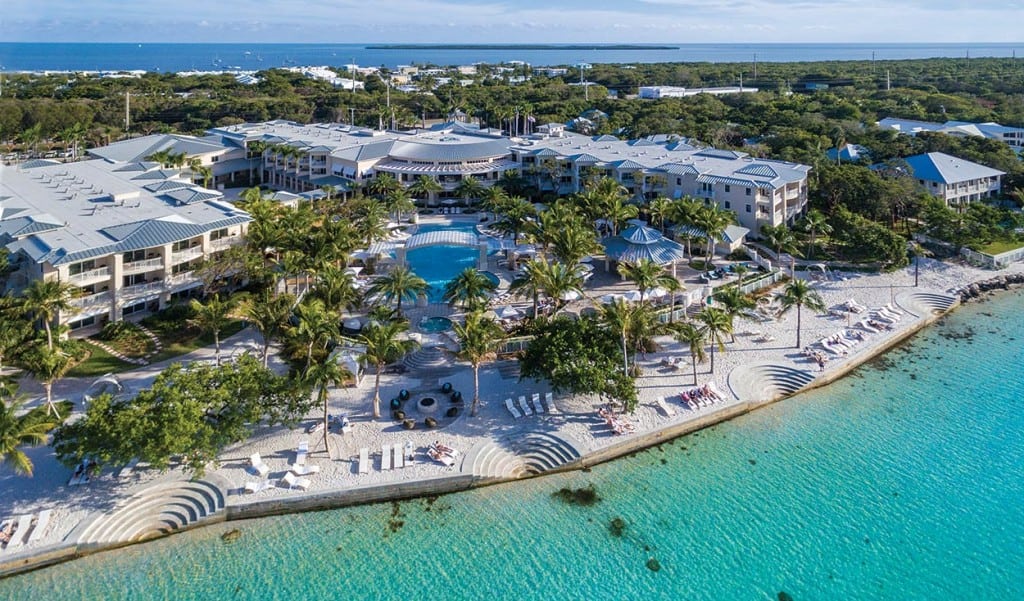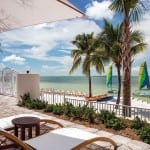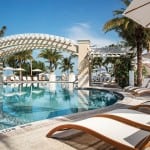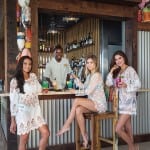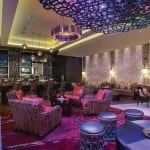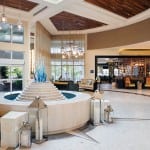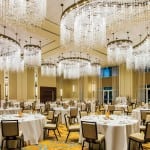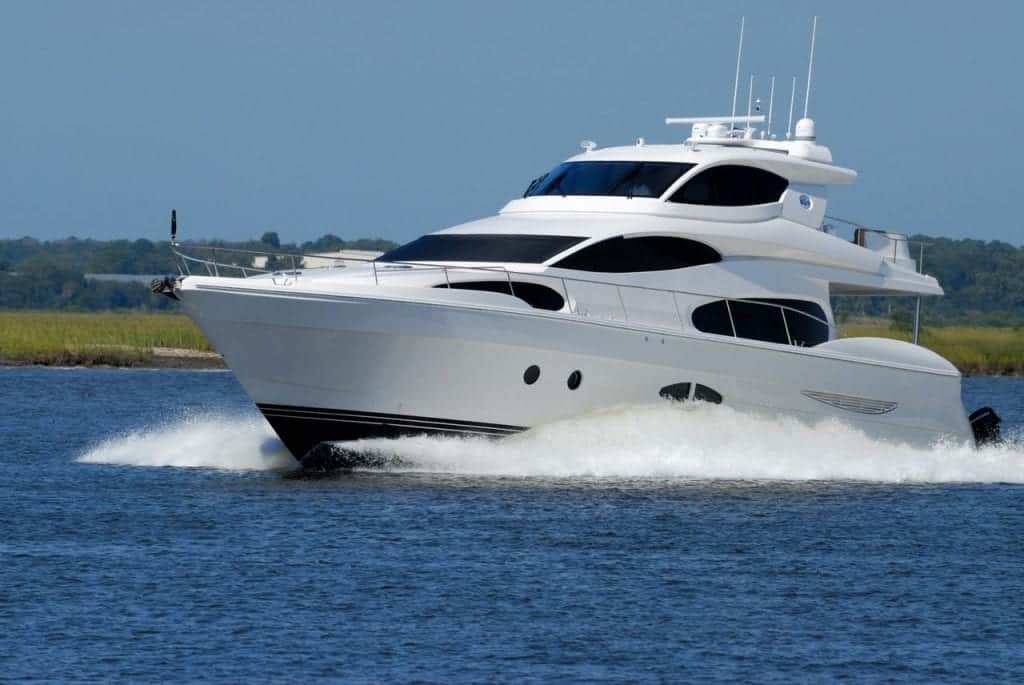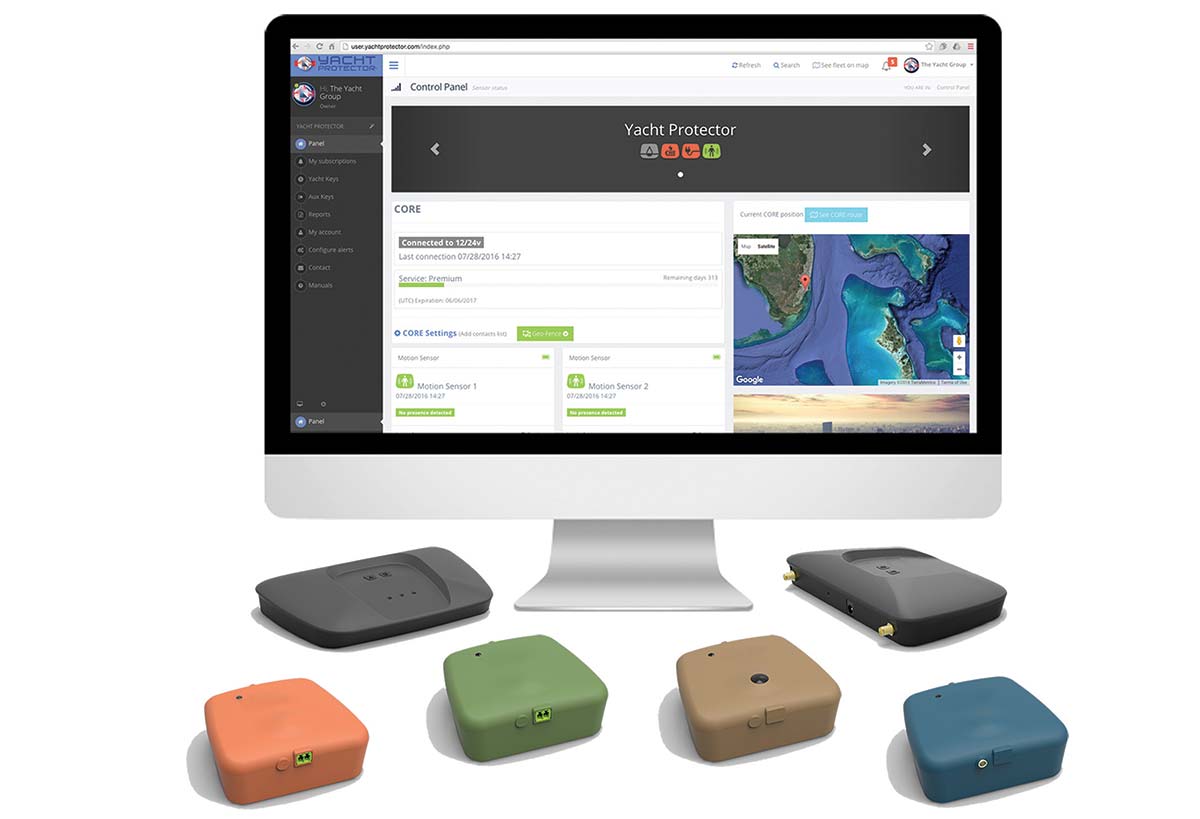Called the “pearl of the Florida Keys”, Playa Largo Resort & Spa radiates with luxury.
In 1948, Hollywood legends Humphrey Bogart, Lauren Bacall and Edward G. Robinson starred in a movie directed by John Huston that was speculated would trigger a land boom in the area for which the film was named, Key Largo. But the island had never been officially established as a municipality and was more commonly referred to as Rock Harbor, the name of the bay on the south or oceanside of the island. The movie’s release motivated the area’s residents to relocate the post office to mile marker 100, and the area was formally named Key Largo in 1952. That little-known historical gem—as well as dozens of others spanning more than 400 years—is the inspiration behind the newest waterfront and boating-accessible destination resort in Key Largo, Florida.
Opened in 2016, Playa Largo Resort & Spa is the 100th property in the Marriott Autograph Collection of more than 400 boutique hotels and resorts. Playa Largo is also the exclusive brand’s first new build and the first new building in Key Largo in more than 23 years. The Autograph Collection’s tagline, “Exactly like nothing else” is more than fitting. It’s literal. Each property is designed with its own unique story crafted from its environment, indigenous makeup and historical background. Mark Calibo, Director of Sales & Marketing, was tasked with developing a creative vision with the objective of building the “perfect” Autograph.
“If we were in colonial Williamsburg, there would be Revolutionary time period influence in the build, theme and décor,” explains Calibo, who grew up in the Florida Keys. His extensive research went back to the 1600s since the first written notation of “Cayo Largo” was on a Spanish navigation map from that time period. Consequently, the Spanish influence of explorers such as Juan Ponce de Leon and Columbus played a large part of the resort’s creative design in dining and landscaping.
The décor especially reflects the Spanish mariner life. Their ships were built with false interior walls to use for attaching bed frames for officers, and the resort uses contemporary versions in the accommodation’s rooms behind headboards and mirrors, like nautical artwork. In the lobby, hanging chairs are vertical reminders of the horizontal hammocks sailors would sleep on so that they’d move with the ships’ rocking. A compass rose on the marble floor surrounds the fountain, and nautical-themed accouterments are everywhere you look: ship-style lanterns, frosted glass bottles, wooden oars, crab pots, and other curious treasures. “In the 1600s, the Spanish had established their path, already pillaged much of South America, hit the Pacific coast, made their way back, and the trade routes brought them to the Florida Keys. They had the gems and riches but did not have the most important commodity, water, which was more valuable to get them back to Spain,” Calibo details. Their voyage brought them to an island they named Islamorada (“isle of purple”) for its colorful bougainvillea, which is found throughout the resort. Contrary to the pillaging nature of the Spanish explorers, the resort’s construction took great care to protect the existing natural landscape, birds, insects, and other critters.
“Hammocks are mini-ecosystems. Gumbo limbo trees were counted and could be moved but not destroyed. They’re part of the Keys and have been there longer than the people,” says Senior Sales Manager David Cohen during our tour. To illustrate his point, we duck underneath the large branch of a sea grape tree that hangs over and shades the walking path. Instead of moving the tree for convenience, they chose to incorporate it into the landscape design. For guests, this innocuous and seemingly inconsequential detail lends to an atmosphere of peaceful co-existence, as if the path and the sea grape tree somehow cooperate with each other. A little further, a path of coarse sand and small pebbles detours off the pavement and leads through the trees. It, too, feels organic to the property, especially with the small tree that’s smack dab in the middle. The path runs along the entire perimeter and serves as a small nature hike; ultimately the trees will be marked as to their species, many of which were in existence at the time of the Spaniards’ arrival.
The Spanish influence is also evident in Playa Largo’s dining options. During their travels to South America, Spanish explorers learned the Peruvian method of preserving fish to sustain them and added spices for flavoring. The popular fish dish is now known as ceviche and, along with sushi, is the menu focus for one of the resort’s three signature restaurants. Las Olas (“the waves”) is off the lobby and Sunset Terrace, and it’s a popular meeting place for healthy, light meals and drinks. La Marea (“the tides”) is the newest fine dining restaurant in the Florida Keys and a true steakhouse. Sol (“sun”) by the Sea offers open-air casual dining with a spectacular view of the water and marina. (Boats should draft less than 4 feet, but call ahead for dock availability.) Under the restaurant, Caribbean Watersports operates all non-motorized watersports—pedal boards, paddle boards, kayaks, Hobie cat sailboats—as well as sunset cruises, parasailing and eco-tours of the Everglades. The concierge can make arrangements for world-famous snorkeling at John Pennekamp State Park and dive trips to see the bronze statue Christ of the Abyss in the Natural Underwater Sanctuary—the country’s first underwater National Park—as well as to Molasses Reef and other notable spots.
The restaurants’ menus—and some of the specialty treatments in the Ocean Spa—also take their cues from another mariner, Captain Ben Baker, who lived in the Keys in the mid to late 1800s. Captain Baker was a true seafarer and also a salvager who made his living from taking valuables from shipwrecks. In the Florida Keys, it was a profitable business until anti-piracy laws drastically affected his revenue stream. The entrepreneur imported pineapples from his contacts in Cuba intending to distribute throughout the U.S., but he didn’t anticipate how quickly the tropical fruit spoils. He learned from his Cuban shippers how to cultivate new plants using the tops of the pineapples and bought 160 acres of land around mile marker 97. Captain Baker became not only a farmer and plantation owner but also one of the top pineapple barons of his time. At Playa Largo and with a nod to Captain Baker, a glass jar of fresh pineapple mojitos are always in the lobby—there’s also a non-alcoholic option—to welcome arriving guests. Restaurant menu items include pineapple salsa with plantain chips, Mahi filets grilled on pineapple planks (compared with salmon grilled on a cedar plank) and drinks served in classy pineapple-shaped copper mugs.
In the early 1900s, Henry Flagler’s vision for an overseas highway brought his class and culture to Florida, including Key Largo, which was established as Camp #1 for the workers. Flagler’s circle of friends—J.P. Morgan, the Vanderbilts, Julia Tuttle—were the upper crust of society and looked the part in dress and tradition, some of which continues at Playa Largo. Staff at many of the Keys’ resorts dress in very casual attire, but at Playa Largo, male staff typically dress in sharp, pressed, Guayabera shirts. The deluxe accommodations—10 bungalows plus a larger beach house with private pool—are separated from the hotel towers, and a fulltime concierge looks after their every need. Even the daily tradition at sunset is different than what occurs at Mallory Square in Key West, with its vaudeville-type performers and hawkers. Instead, a polished silver bell located between the pool and the beach is rung exactly 30 minutes prior to sunset, then again when the sun disappears below the horizon. Immediately afterward, the fire pits are lit. Guests bring s’more kits they bought in the gift shop and roast marshmallows over the fire, while others watch Key Largo on a 25-foot drop-down screen over the pool. Playa Largo’s daily sunset tradition celebrates the cosmic event that’s occurred every 24 hours since the beginning of time in a manner that is civilized, refined, and yet casual Keys.
If you’re one of the fortunate to be invited to a wedding, business function or other special event held at Playa Largo, the enjoyment of your relaxing day at the beach, snorkeling the reef or diving adventure continues into the evening in the Tavernier Ballroom. The carpet brings to mind azure water washing over the sand, and the chandeliers resemble bubbles rising up, like you’re still under the water on the reef. Just outside, the grassy lawn hosts receptions for sunset weddings held in the gazebo, dinners for upscale business meetings and, in October, the 2nd Annual Humphrey Bogart Film Festival. Bogie would be pleased. You will be, too.
INFO: playalargoresort.com


